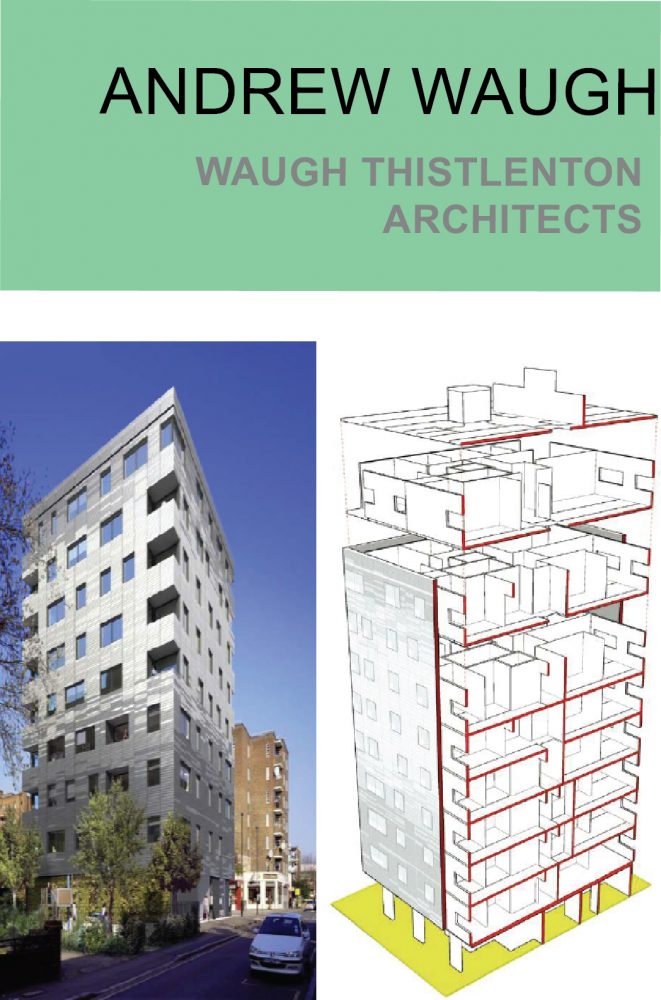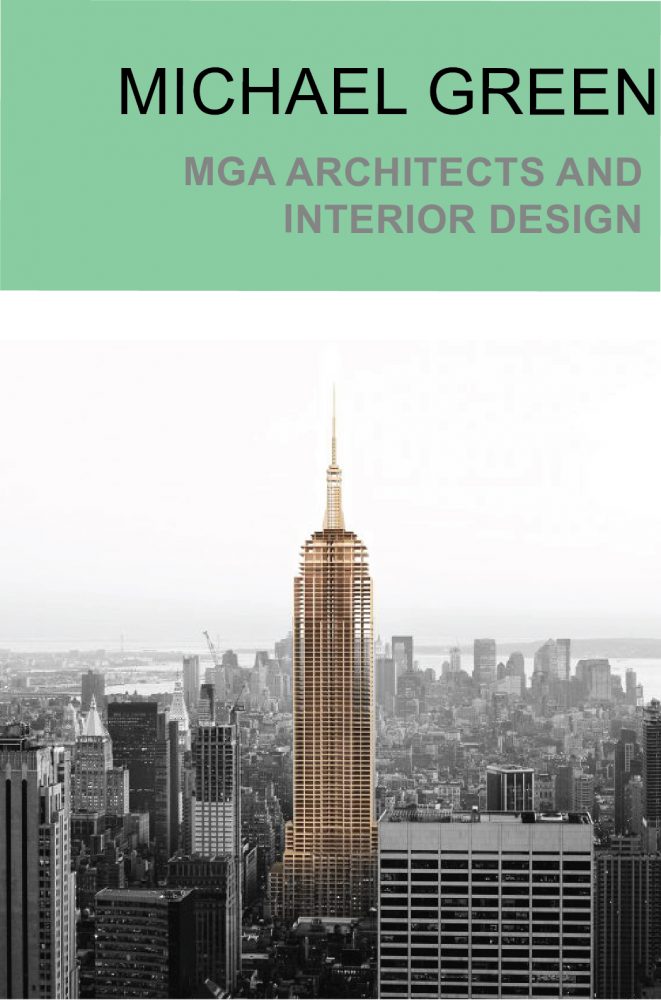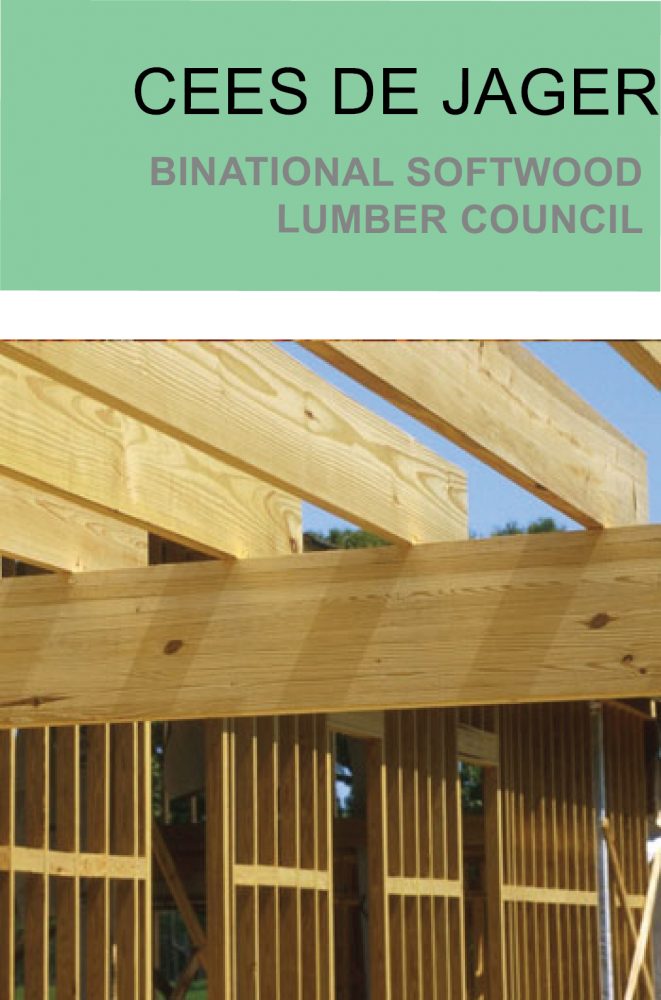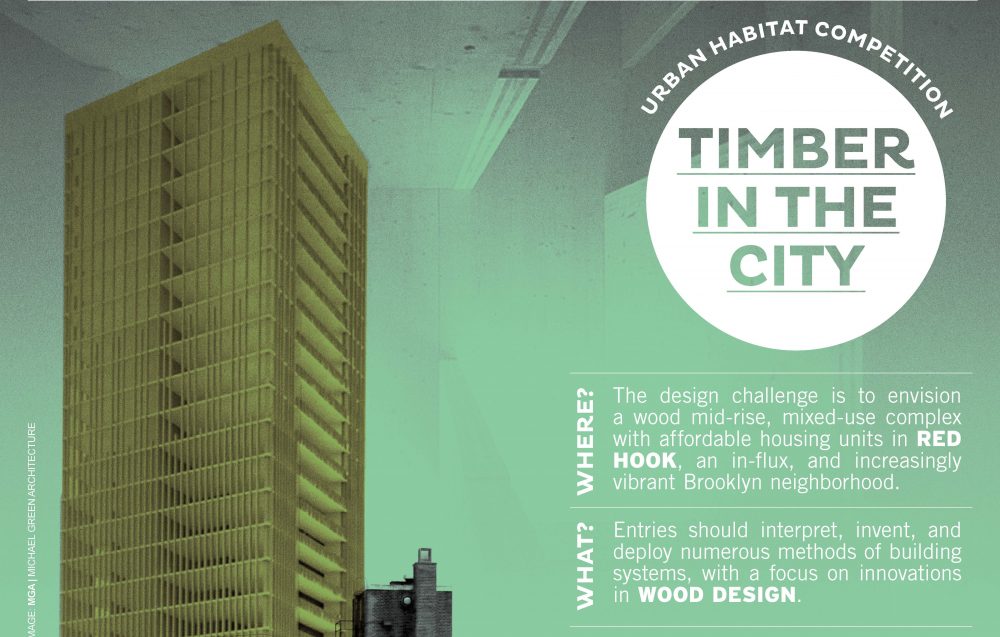TIMBER IN THE CITY 1: Sustainable + Affordable Urban Housing Conference
Timber in the City 1

K
 Conference Chair:
Conference Chair:
Andrew Bernheimer, Parsons School of Design / Bernheimer Architecture
Andrew Bernheimer is an Assistant Professor of Architecture and the Principal of Bernheimer Architecture based in Brooklyn, NY. Bernheimer Architecture focuses on New York’s urban landscape through research and built work. Their portfolio includes research, civic, private residential and affordable housing projects. He is the editor of the book Timber in the City (2015), on innovations in wood design and construction.
EKEYNOTE SPEAKERS:

Murray Grove
Andrew Waugh has been director of Waugh Thistleton Architects for the last 15 years in Shoreditch, London. Waugh Thistleton is an architectural practice producing thoughtful and sustainable projects in its own neighborhood and beyond. The practice is a world leader in engineered timber. Andrew was an early pioneer in the architectural quest for tall timber buildings with the project Murray Grove, a nine-story timber building completed in 2009. Today, his office currently holds the record for the world’s largest cross-laminated timber building, Dalston Works. Waugh Thistleton continues to build internationally in timber and Andrew continues a passionate interest in tall timber construction as the only replenishable carbon-capturing structural building material known to man. With this passion Andrew teaches, learns and lectures on the architecture of wood all over the world.


CONFERENCE VIDEOS:
STUDENT COMPETITION:
The competition challenges participants to design a mid-rise, mixed-use complex with affordable housing units, a job training/educational facility, a center for innovative manufacturing of wood technology, and a distribution center. The project site is in Red Hook, Brooklyn a neighborhood in some flux, cut off from much of Brooklyn geographically, yet increasingly vibrant.
Aspiring to regenerate a dissipating urban manufacturing sector and address the housing needs of New York City, entrants will be asked to design a place for the creation of originative vocational opportunities embracing new wood technology. Entrants will be challenged to propose construction systems in scenarios that draw optimally on the performance characteristics of a variety of wood technologies.
SEE THE COMPETITION WINNERS HERE
